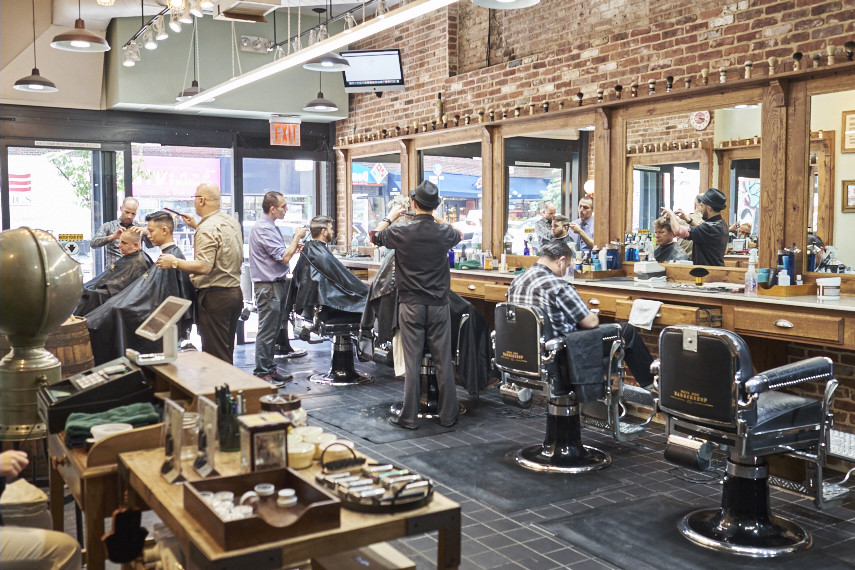Hairdressers as Artistic Curators Shaping Neighborhood Identity and Bonding in New York City
Hairdressers as Artistic Curators Shaping Neighborhood Identity and Bonding in New York City
Blog Article
Barbershops in NYC are not only locations to get a haircut; they serve as important cultural centers that help define neighborhood identity and nurture relationships among residents. These establishments have a long history in city settings, serving as meeting spots where individuals from diverse backgrounds come together. In many neighborhoods, barbershops are often the initial venue where clients can participate in discussions about community issues, exchange stories, and forge relationships. This distinct role makes barbers not only skilled professionals but also cultural curators who add to the community fabric of their neighborhoods.
The atmosphere in a barbershop is often lively and welcoming, creating a setting where clients feel at ease expressing themselves. Barbers are known for their ability to engage with patrons, often engaging in discussions that range from athletics to current events. This interaction helps to create a sense of belonging among patrons, as they discuss their stories and viewpoints. In many cases, barbershops reflect the ethnic diversity of the areas they serve, displaying different haircuts, grooming methods, and even sounds that resonate with the local community. This social exchange enhances the experience for everyone involved and bolsters community ties.
Barbershops also play a key role in maintaining cultural heritage. Many barbers have been educated in particular techniques that are transmitted through men's haircuts with fringe ages, ensuring that unique styles and practices are not lost over time. For example, certain haircuts and grooming methods may be tied to cultural heritage, allowing individuals to express their identity through their look. By upholding these customs, barbershops help to preserve cultural stories alive, providing a sense of pride and continuity for community members.
In addition to their cultural significance, barbershops often engage in community outreach and assist local causes. Many barbers take an proactive role in tackling social issues, such as learning and health awareness, by organizing events or providing resources to their clients. This involvement demonstrates a commitment to the health of the neighborhood and encourages a feeling of duty among barbers. By using their influence to promote positive change, barbershops become vital players in the community, further solidifying their role as community curators.
In conclusion, barbershops in NYC serve as crucial places for cultural exchange, community building, and identity formation. They provide a unique environment where people can bond, exchange, and celebrate their diverse backgrounds. As cultural curators, barbers not only influence the way clients show themselves but also affect the broader community dynamics. By understanding the importance of these businesses, we can value the essential role they play in fostering connections and preserving cultural traditions in city settings.
